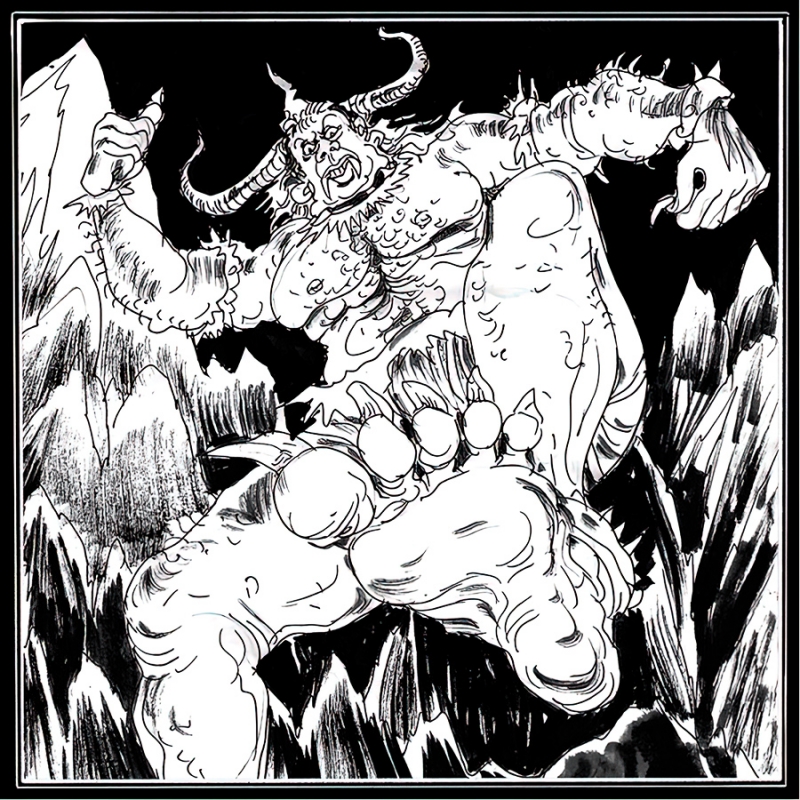Не замечаешь ничего странного, Странник? Нет? Странно...
Bestiary.us
энциклопедия вымышленных существБыстрый переход
- Японская мифология и фольклор Система сакральных знаний страны восходящего солнца, включающая традиции синтоизма и буддизма, а также многочисленные народные поверья и городские легенды, содержит огромное количество ками («божество» или «дух»), ёкай («призрак» или «демон») и хэнгэёкай («звери-оборотни»).
- Рождественский бестиарий Портал посвящён существам и обычаям, относящимся к традиционным зимним праздникам, в центре которых находится Рождество. Подобно многим сверхъестественным существам этого периода, портал появляется в нашем мире только на время, с 5 декабря по 15 февраля.
- Мифы Ктулху «Мифами Ктулху» обычно называют мифологию, созданную Говардом Филлипсом Лавкрафтом, а также произведения других авторов по мотивам его работ, выдержанные в его особом стиле.

